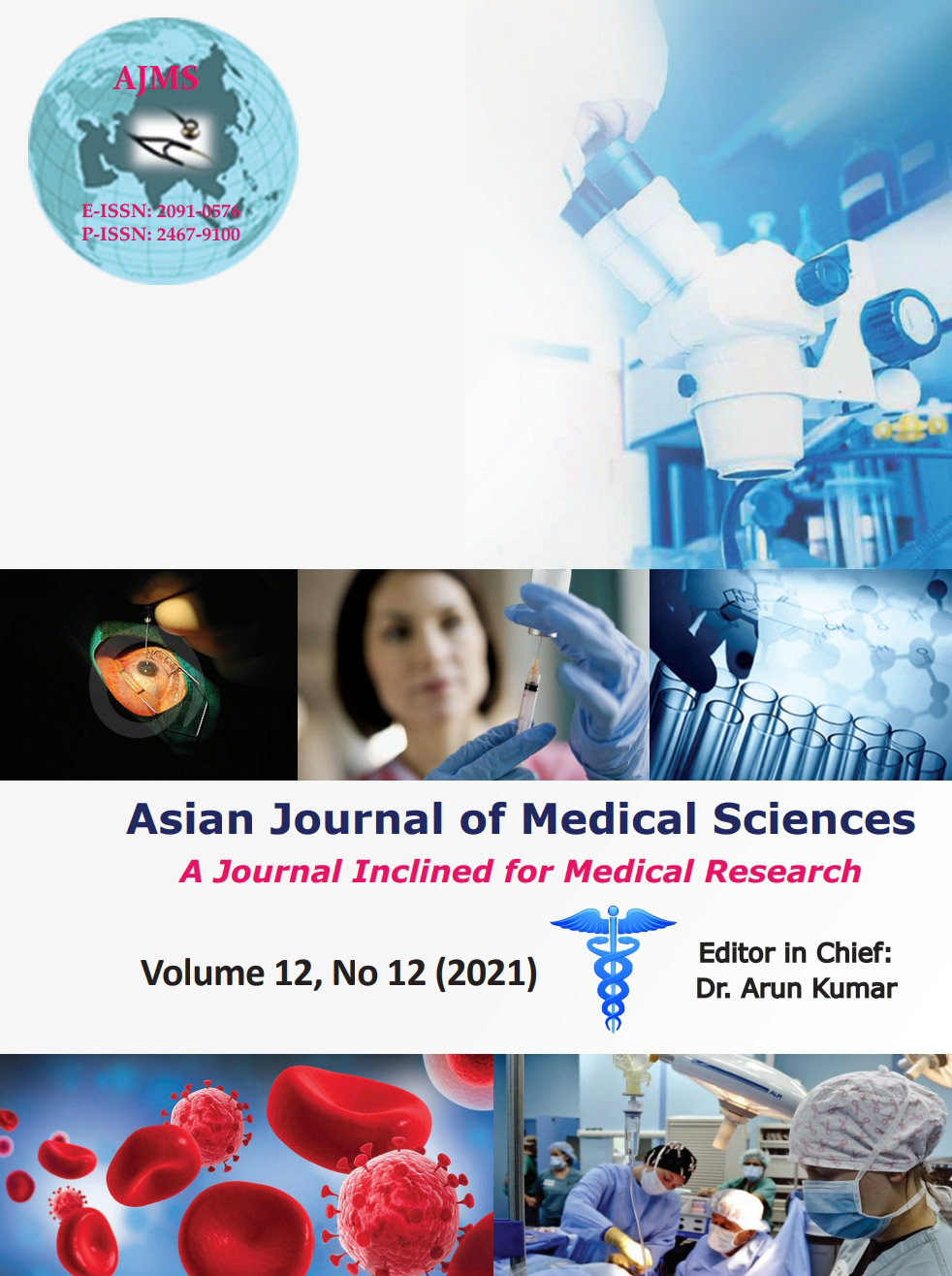A study on evaluation of knee osteoarthritis with MRI and comparing it with CT scan, high resolution USG and conventional radiography
Keywords:
Knee osteoarthritis, Magnetic resonance imaging, Ultrasonography, RadiographyAbstract
Background: Knee osteo-arthritis is widely prevalent in the elderly population in our society and associated with significant morbidity and poor quality of life. Early diagnosis of the condition can enable timely and proper care for the patients. Magnetic Resonance Imaging, CT Scan, Ultrasonography and plain radiography are the different modalities of imaging that are commonly used for detection and diagnosis of knee osteo-arthritis.
Aims and Objectives: To find out the early osteoarthritic changes of knee by Magnetic Resonance Imaging and compare those findings with conventional radiography, high frequency USG and CT scan findings.
Materials and Methods: Patients suffering from knee osteoarthritis (OA) as per American College of Rheumatology guideline criteria (n=56) underwent imaging of the knee using plain radiography, ultrasonography, CT scan and MRI. The imaging findings studied in the patients were joint space narrowing (JSN), meniscal abnormality, Baker’s cyst, cruciate ligament abnormality, knee effusion, subchondral cyst, and loose bodies. A comparison between radiography, CT scan and USG was done for the imaging findings with MRI as the reference standard. Z-test of proportionality was used to find statistically significant difference for the three imaging modalities. A P<0.05 was deemed statistically significant.
Results: The mean age of the patients was 61 years (38 males). The tibiofemoral compartment was most commonly affected. CT scan was more sensitive than radiography in detecting sub-chondral cyst (P=0.018) and loose bodies (P=0.004). USG and MRI were equally sensitive in detecting knee effusion (P=0.22) and synovial thickening (P=0.10). CT scan and MRI were equally sensitive in detecting subchondral cyst (P=1.00) and loose bodies (P=0.22).
Conclusion: While CT imaging was more sensitive for detection of subchondral cysts and loose bodies than conventional radiography, it was as sensitive as MRI in detecting these findings in the study group. Additional study is warranted to assess diagnostic performance of CT scan and MRI in the diagnosis and progression of knee OA.
Downloads
Downloads
Published
How to Cite
Issue
Section
License
Copyright (c) 2021 Asian Journal of Medical Sciences

This work is licensed under a Creative Commons Attribution-NonCommercial 4.0 International License.
Authors who publish with this journal agree to the following terms:
- The journal holds copyright and publishes the work under a Creative Commons CC-BY-NC license that permits use, distribution and reprduction in any medium, provided the original work is properly cited and is not used for commercial purposes. The journal should be recognised as the original publisher of this work.
- Authors are able to enter into separate, additional contractual arrangements for the non-exclusive distribution of the journal's published version of the work (e.g., post it to an institutional repository or publish it in a book), with an acknowledgement of its initial publication in this journal.
- Authors are permitted and encouraged to post their work online (e.g., in institutional repositories or on their website) prior to and during the submission process, as it can lead to productive exchanges, as well as earlier and greater citation of published work (See The Effect of Open Access).




